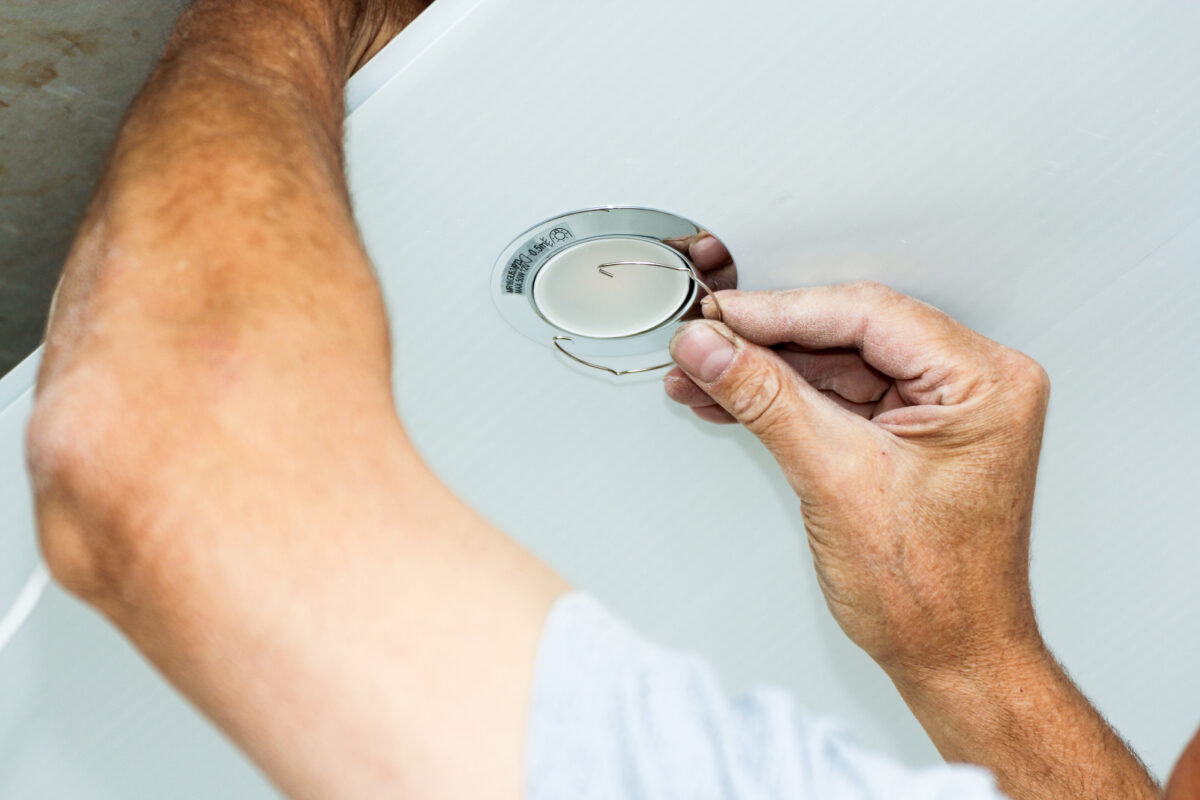Best Cannabis Strain For Sleep
Insomnia is a common sleep disorder. People who suffer from insomnia may have trouble falling asleep, staying asleep, and going back to sleep after waking. There are many different medications that act as sleep aids, but many have negative side effects, such as risk of dependence and interruption of natural production of melatonin, which can make insomnia worse.
For this reason many insomniacs are turning to cannabis, an all-natural alternative to medication. If you are considering trying cannabis as a sleep aid, it is important that you use a strain that promotes relaxation and sleep rather than stimulation.
What’s the best cannabis strain for sleep? Here’s what experts recommend.
Types of Cannabis
Cannabis can be categorized by two main types:
- Indica. Indica is the broad leaf variety of cannabis that acts more like a sedative. It is known for its relaxation and pain relieving properties that help the mind and muscles loosen and unwind. It is for this reason that Indica is the strain most commonly used at nighttime and for the purpose of sleep assistance.
- Sativa. Sativa has a more slender leaf and tends to grow taller than Indica. As a stimulant, the Sativa strain is used more for its energizing and uplifting properties, making it less ideal for sleep. Some people experience a “crash” following the use of Sativa that can help you fall asleep, but it doesn’t promote a healthy sleep cycle.
- Hybrids. There are hybrid combinations of Indica and Sativa that offer a range of effects. Experimenting with various hybrids may help you find a strain that meets your unique needs.
Is Cannabis Safe to Use for Sleep?
There is not yet a significant amount of research regarding cannabis and how it affects sleep. It is not considered a medical treatment for any specific sleep disorders. That being said, the 17-18% of Americans that use some form of cannabis may be able to vouch for the many benefits they have experienced, including improved sleep.
For cannabis to be safe it is necessary to use it responsibly. This means using the recommended amount from a legal dispensary you trust. It also means that you don’t drive while under the influence of cannabis.
Benefits of Cannabis for Sleep
There are some sleep benefits that may come from cannabis use:
- Fall asleep faster. The most common benefit of cannabis is the ability to fall asleep more quickly. No more laying awake, tossing and turning and trying to get comfortable enough to fall asleep.
- Relieves pain. Many cannabis users have experienced pain relief, which can improve sleep and help you get back to sleep after waking.
- Calms anxiety. An anxious, racing mind is one of the leading causes of insomnia. Cannabis can relax your mind so that you can fall asleep.
- Little to no side effects. Unlike medication, cannabis does not have the same health risks. It is a natural product.
Where Can You Get Legal Cannabis?
If you’re interested in trying cannabis to improve your sleep, there may be legal dispensaries in your area depending on what state you live in. Online dispensaries provide shipping to many areas.
Green Blazer is a legal dispensary of cannabis in Las Vegas, Nevada. Products feature raw pre rolled cones and other high quality cannabis products. Online ordering and 2 day shipping is available for most individual orders. Your satisfaction is guaranteed with free returns and replacements.
Browse our online catalog. Call 702-509-6042 or contact us for customer service.





